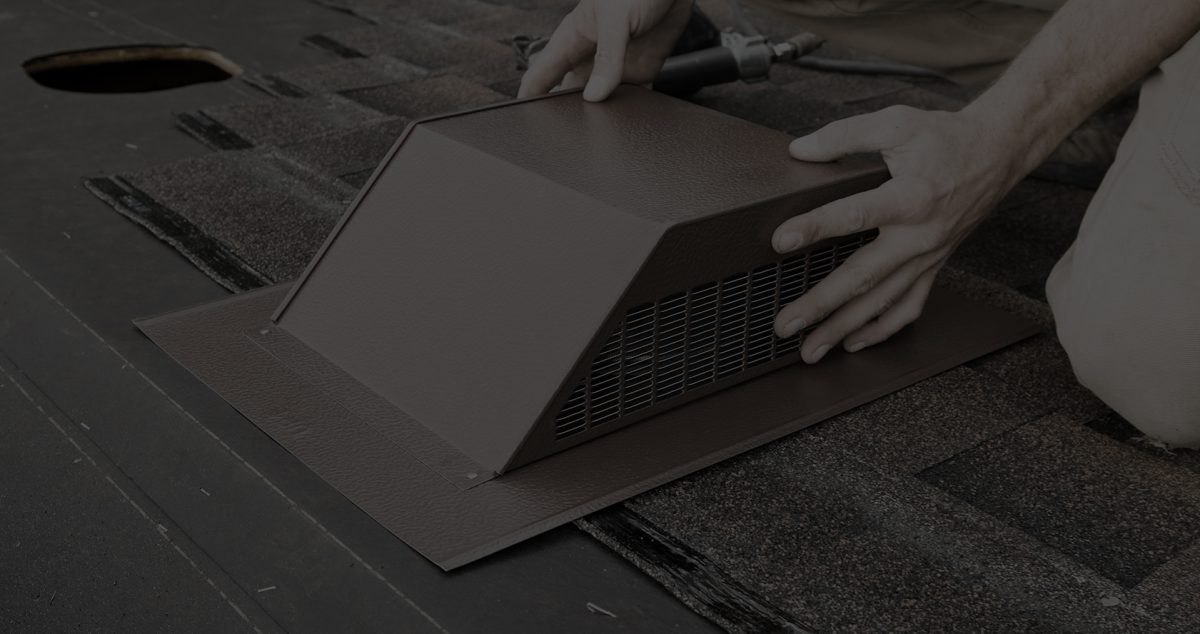There’s much more to roofing than shingles. Attic ventilation is probably the least understood requirement for achieving a healthy home. Unhealthy mold growth is a product of improper ventilation and insulation. While cleaning the mold out is first on your mind, we also focus on preventing future mold growth. We bring our expertise to this problem to evaluate and determine the answer for each ventilation challenge.
Owners often want to know why there are moisture problems in their attics. Mostly, it comes down to proper ventilation and airflow. Without effective attic ventilation, excess heat and humidity can cause unhealthy mold growth – resulting in higher air conditioning and heating bills and shortened roof life.
Circulating air is important to make sure condensation doesn’t form and that there is good air exchange in spite of any tight spaces or complex roof shapes. Air fans or ridge vents can help keep attics cool and dry. Proper insulation such as spray foam can also help prevent condensation and thus negate the need for ventilation, as well as keeping a hot attic cooler in the summer. A proper ventilation system is absolutely vital, not only to the health of the home, but also to the well-being of the home’s occupants.
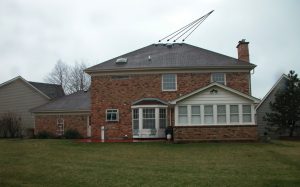
Small roof vents near power fan become intake vents for power exhaust vent.
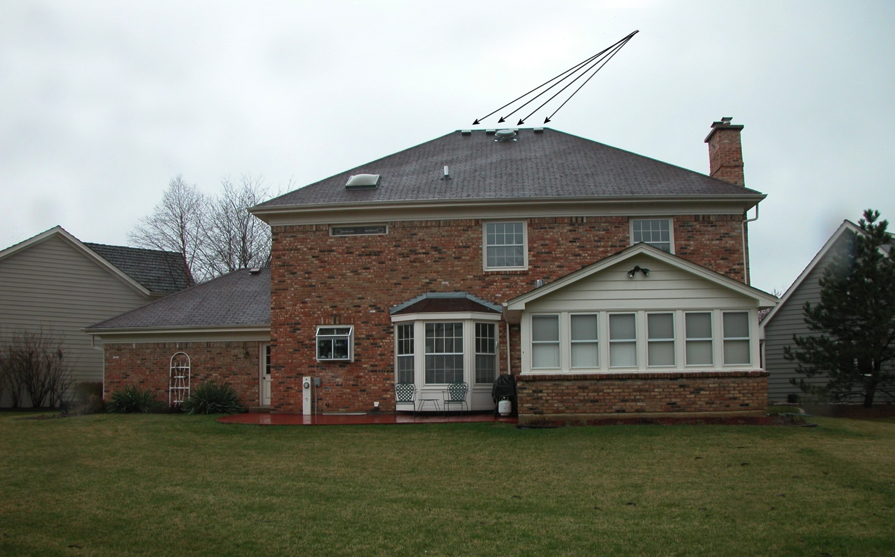
Small roof vents near power fan become intake vents for power exhaust vent.
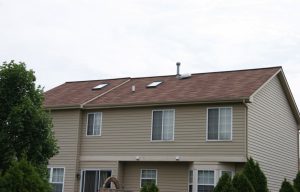
Power fan and ridge vent are competing for exhaust ventilation
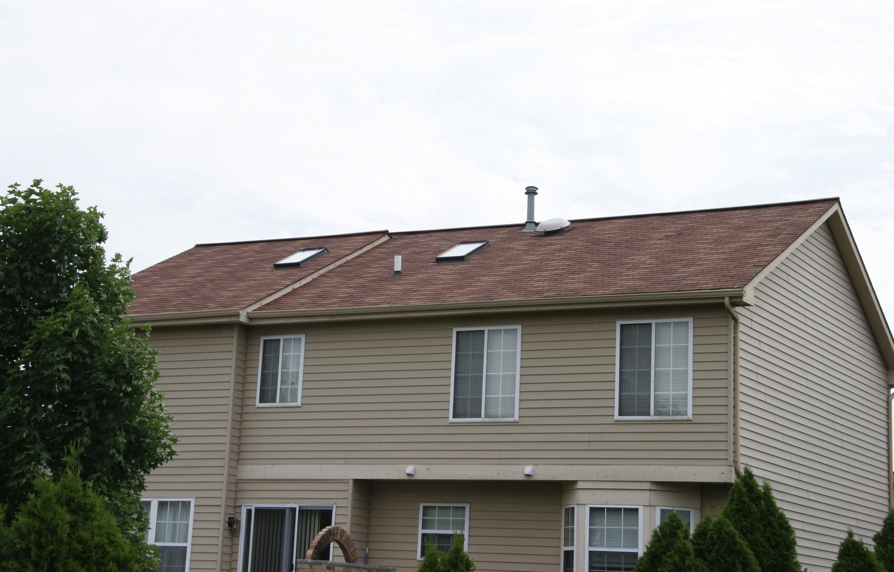
Power fan and ridge vent are competing for exhaust ventilation
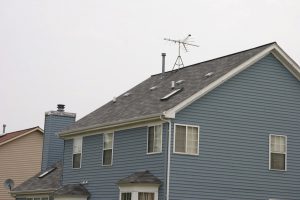
Problem: Silver roof vents are shortchanging the airflow through the attic
in the center of the roof are intake vents
The intake air is introduced from the eaves in the soffit and should leave out the roof ridge vent above
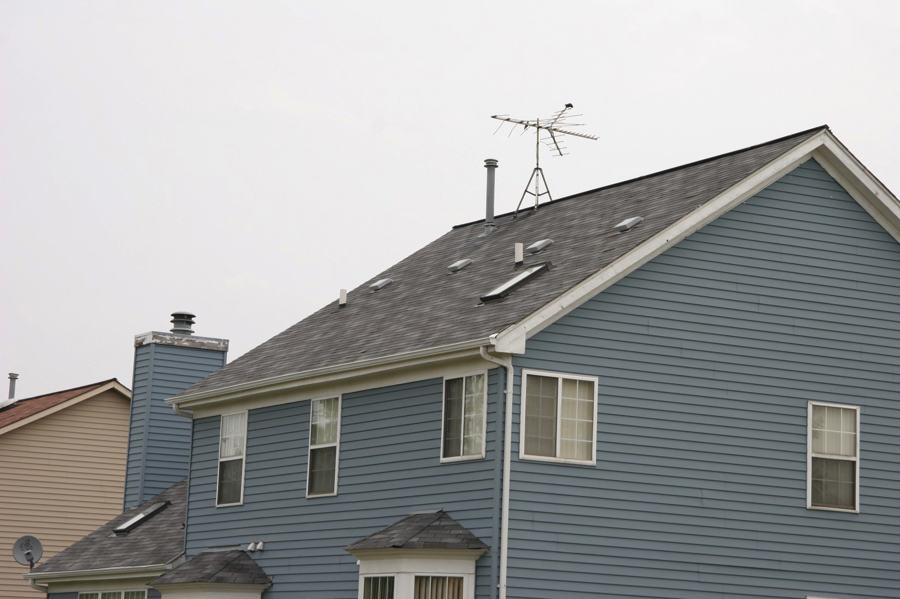
Problem: Silver roof vents are shortchanging the airflow through the attic
in the center of the roof are intake vents
The intake air is introduced from the eaves in the soffit and should leave out the roof ridge vent above
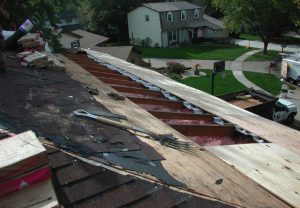
Insulation blocked the eaves, thus starving the attic of ventilation, so we added styrene attic breathe channels to help open up airflow.
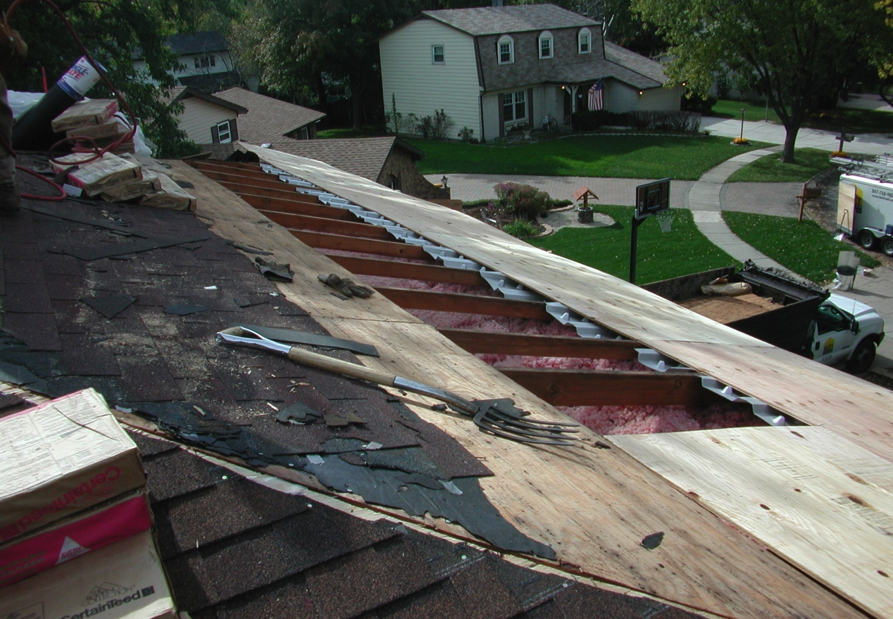
Insulation blocked the eaves, thus starving the attic of ventilation, so we added styrene attic breathe channels to help open up airflow.
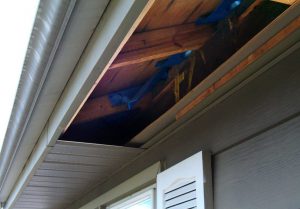
Intake eave ventilation; Blue air channels are styrene breather chutes
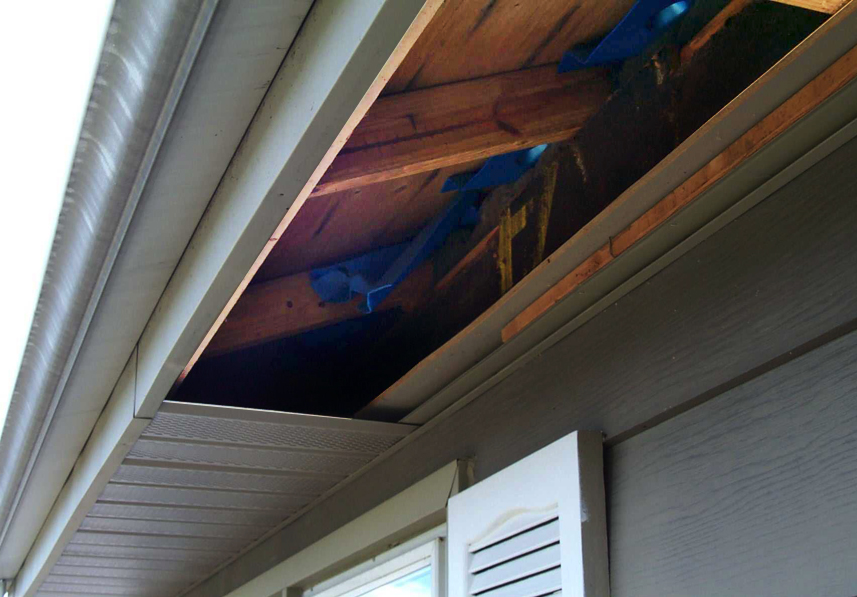
Intake eave ventilation; Blue air channels are styrene breather chutes
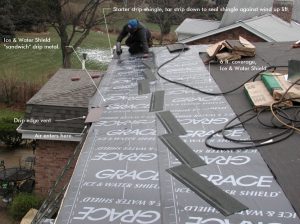
Example of Drip Edge Vent
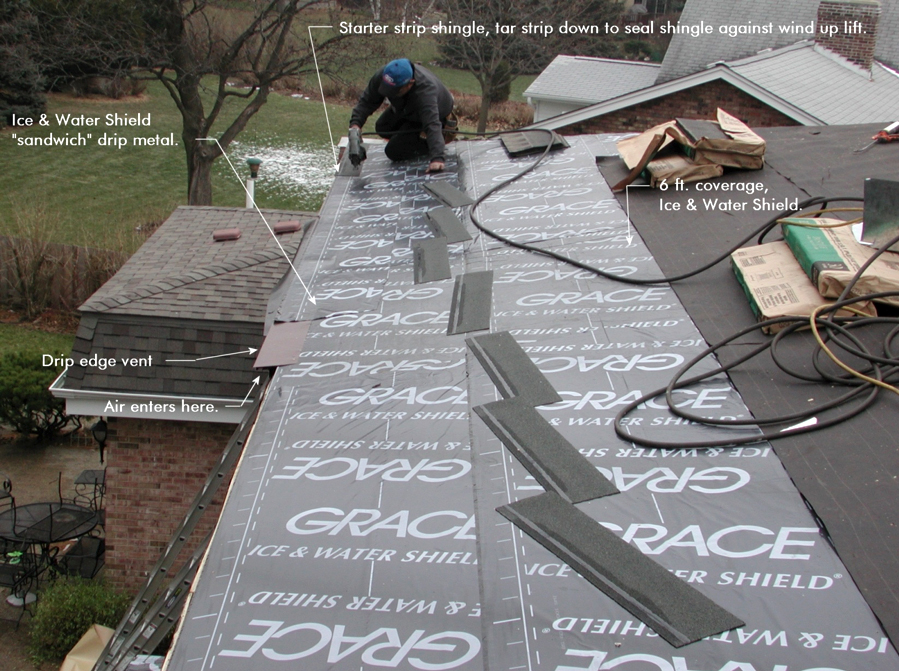
Example of Drip Edge Vent
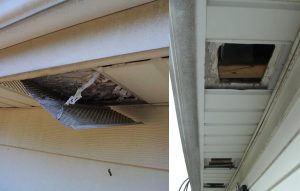
Before/After: When the aluminum panel was installed, wood soffit wasn’t cut
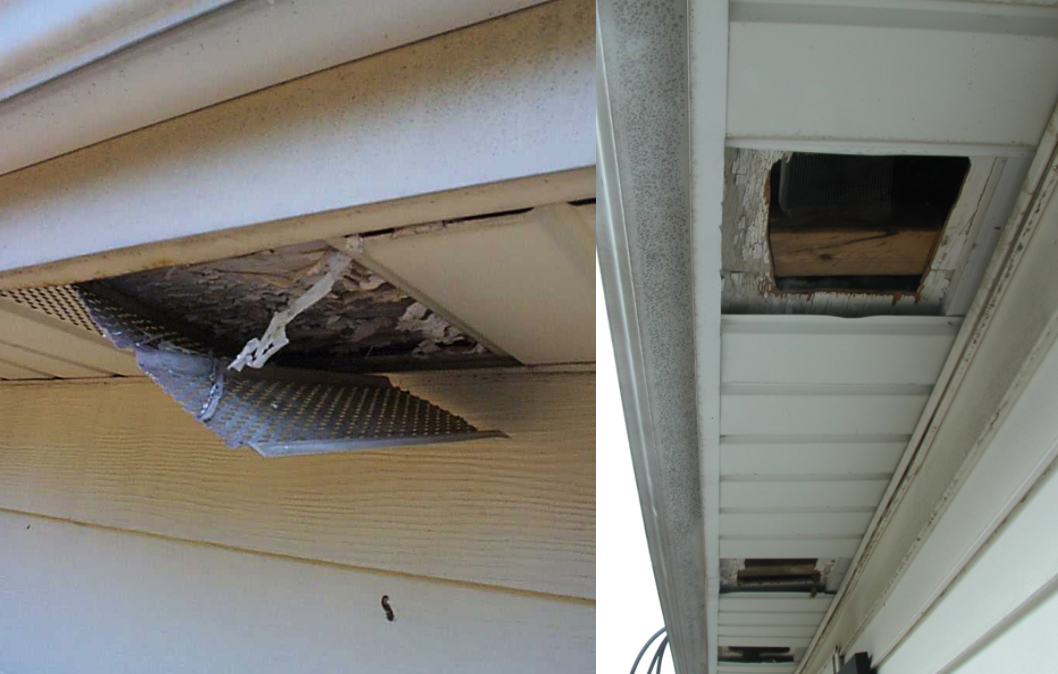
Before/After: When the aluminum panel was installed, wood soffit wasn’t cut
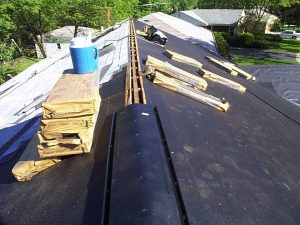
Typical ridge vent application, baffled ridge vent shown
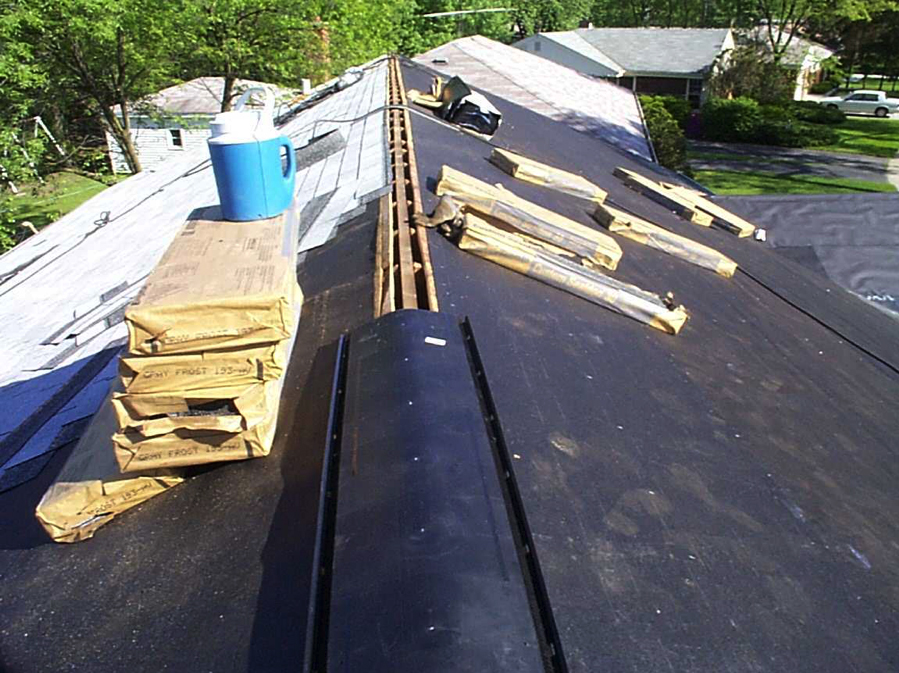
Typical ridge vent application, baffled ridge vent shown
